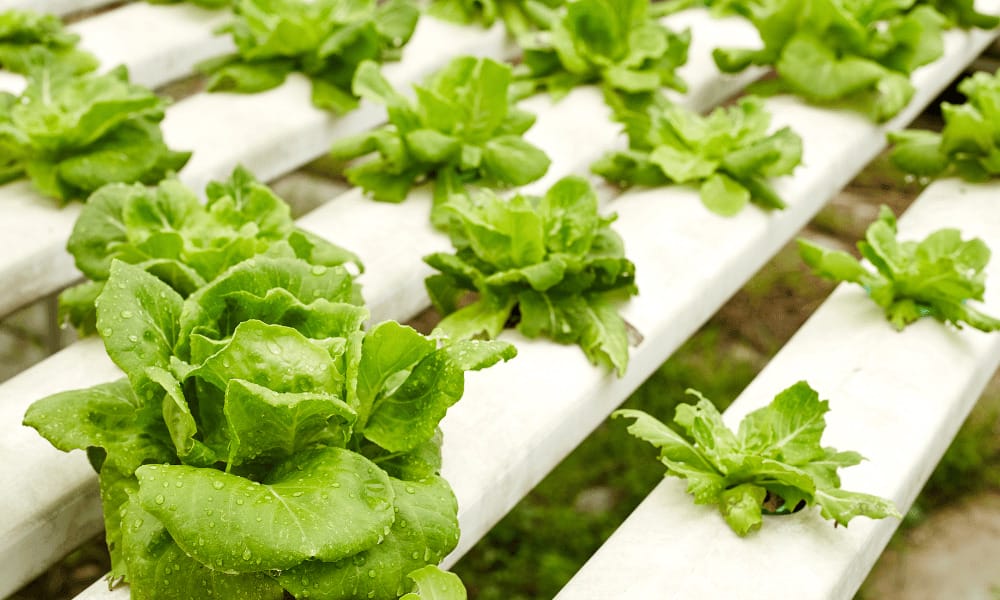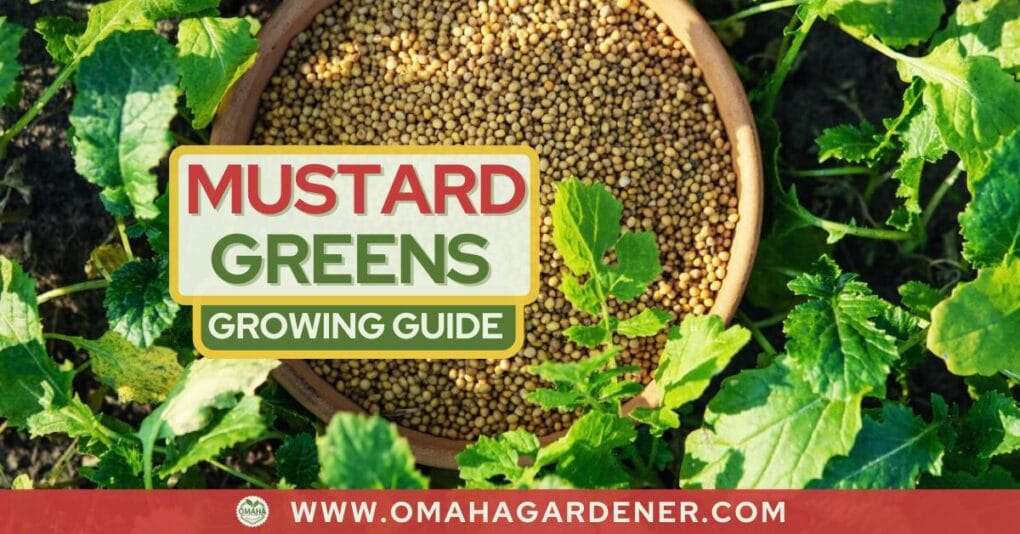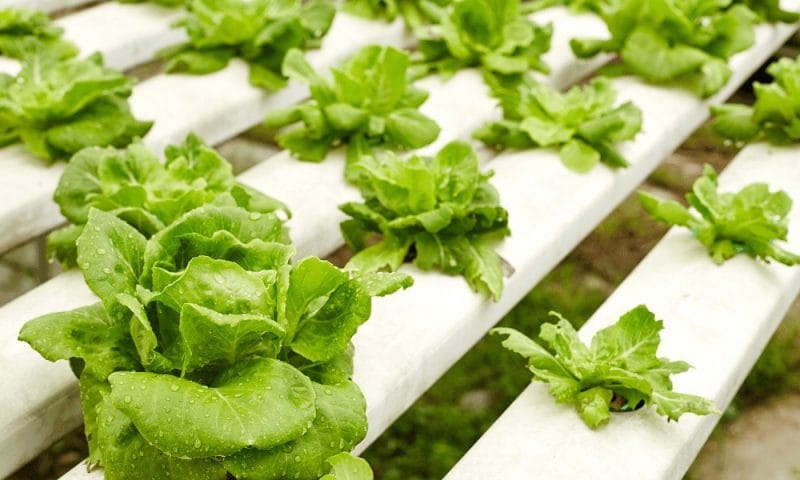
Are you tired of struggling to grow plants in your traditional soil-based garden? Do you want to take your gardening skills to the next level? If so, hydroponic gardening might be just the solution you're looking for! Hydroponic gardening is a method of growing plants without soil. Instead, plants are grown in a nutrient-rich solution that is circulated around their roots. This method has been gaining popularity in recent years as more and more people realize its benefits.
But mastering hydroponic gardening isn't as simple as swapping out your soil for a nutrient solution. There are 7 key factors to master in hydroponic gardening, such as light, nutrients, water, pH, electric conductivity, temperature, and algae, that you need to understand to grow plants using this method successfully.
In this blog post, we'll explore the 7 key factors you need to master to become a hydroponic gardening pro. From choosing the right growing medium to managing pH levels, we'll cover everything you need to know to get started. So let's dive in and discover the world of hydroponic gardening together!
Table of Contents
I have had successes and failures with hydroponics and have gained valuable insights from the errors I made while growing hydroponically. I wish I had access to a blog like this that could have guided me through the process. Now, I am here to assist you in moving forward. Buckle your seat belt.
1. Light

Hydroponic crops require a consistent amount of light to thrive. When growing outdoors, sunlight is preferable, while artificial LED lights are best to use indoors. Most hydroponic crops need at least 8-10 hours of light to produce well.
2. Nutrients
Always ensure that the nutrients you use have labels that indicate the correct nourishment your plants require.
To provide your plants with the necessary nourishment, a proper nutrient solution should contain key macronutrients such as Nitrogen, Phosphorus, and Potassium. Additionally, your plants must receive Magnesium and Calcium, which are all essential elements.
While other elements like Boron, Chlorine, Manganese, Iron, Nickel, Copper, Zinc, and Molybdenum are also crucial nutrients, they may be required in smaller amounts, known as micronutrients.
3. Water
Water and nutrient go hand in hand. The effectiveness of nutrient absorption by plants heavily relies on the quality of water you use for mixing. In the case of tap water, it's crucial to let it sit in the reservoir for a day to remove the chlorine before adding the nutrients. At room temperature, chlorine gas weighs less than air and will naturally evaporate. Alternatively, you can boil water for 15 minutes to release all the chlorine from tap water.
4. pH
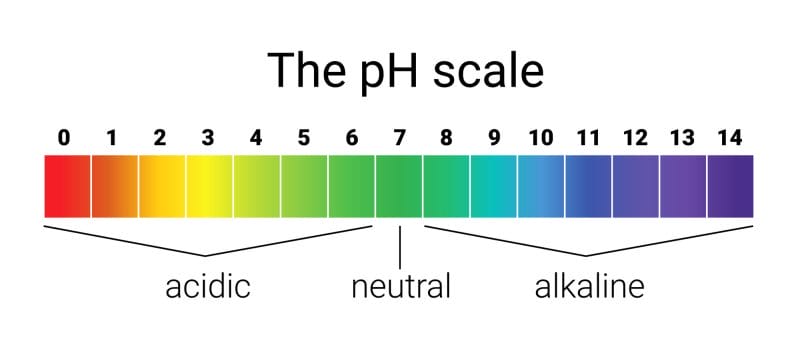
To achieve the right mix, it's important to adhere to the instructions on the nutrient label. After mixing, let the solution rest for at least two hours before using a pH meter. The optimal pH level is 6.0, but a range between 5.5 and 6.5 is acceptable.
You can obtain a pH balancer solution from your local hydroponic or gardening store to adjust the pH level accordingly.
5. Electric Conductivity
Measuring the number of nutrients in a nutrient solution can be done reliably using electric conductivity (EC).
For most hydroponic crops, the recommended EC range falls between 1.5 and 2.5 dS/m. A higher EC could hinder nutrient absorption in plants due to increased osmotic pressure, while an EC that is too low could negatively impact production.
6. Temperature
It's important to keep your hydroponic nutrient solution at a consistent temperature of 65-75⁰F.
Hot temperatures can encourage the growth of harmful bacteria and an abundance of microorganisms, which can harm the delicate roots of the plants.
Conversely, colder temperatures can result in slow plant growth because the roots will begin to shut down, preventing them from receiving enough oxygen from the nutrient solution.
7. Algae Control
Algae growth thrives in a nutrient-rich environment that receives sunlight; therefore, covering all possible areas is essential to prevent sunlight from reaching your nutrient water. One of the most prevalent issues in hydroponics is algae growth, but you can easily avoid it by following the measures I outlined below.
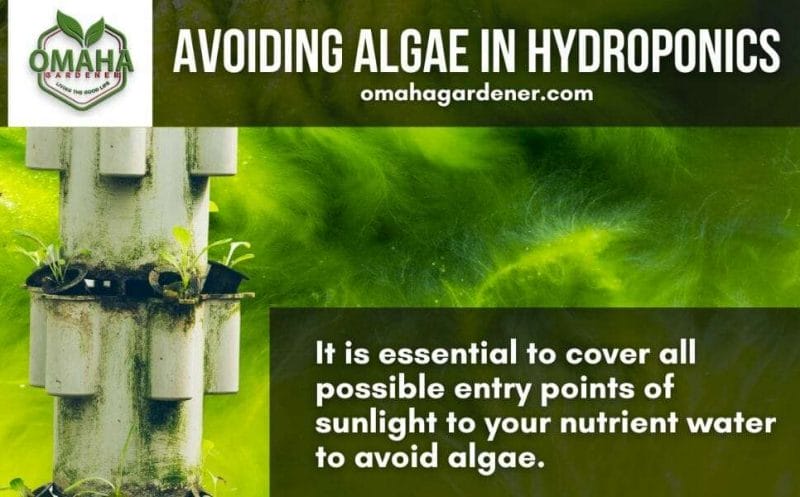
3 Measures to Combat Algae
- Algae growth can be prevented by covering all areas where sunlight could reach your nutrient water. You can achieve this by using an opaque nutrient water reservoir, pipes, and tubing or by covering the growing medium with perlite, pebbles, or dark clothes.
- If you notice algae growth, especially in hard-to-reach areas, you can use food-safe hydrogen peroxide at a ratio of 3 ml per gallon of nutrient water. This solution can be added weekly to prevent algae growth without damaging plant roots while also oxygenating them.
- For heavy algae buildup, it's best to clean the hydroponic system thoroughly.
Hydroponic System Cleaning: The Easy Way
- Remove the next pot or cup containing your plants with care.
- Disassemble your system's movable components.
- Follow the rinse-scrub-rinse method with a soft cleaning brush and a gallon of water containing 1.3 oz unscented bleach.
- Dry out all parts completely before starting the cycle again.
- Use fresh nutrient water mix.
Hydroponics, the method of growing plants without soil, has been gaining popularity in recent years. According to a report by ResearchAndMarkets.com, the global hydroponics market size is expected to reach $17.9 billion by 2026, with a compound annual growth rate (CAGR) of 11.5% from 2021 to 2026. The United States is currently the largest market for hydroponics, followed by Canada and the Netherlands. Additionally, hydroponic systems use up to 90% less water than traditional soil-based farming methods, making them a more sustainable and environmentally-friendly option.
Hydroponic Gardening Do’s and Don'ts
Hydroponics can be simple or extremely complex, depending on how you develop your plants and set up your system. Having said that, there are a few basic guidelines that any hydroponic gardener should follow. No hydroponic system, no matter how well-designed, will be able to survive without these essential dos and don'ts.
The Do’s of Hydroponic Gardening
1. Prioritize Lighting
Ensure that your plants receive ample light during the day but not continuously for 24 hours. If using artificial light, limit it to 16 hours at a time and provide 8 hours of darkness for the plants to recover from photosynthesis exhaustion. check out my blog post on Smart Gardening.
2. Change Nutrient Solution Every 2 Weeks
As plants absorb nutrients and some are lost due to evaporation, refill the solution with water only. However, replace the nutrient solution entirely every 2 weeks for optimal plant growth.
3. Regularly Check EC and pH
pH levels affect how plants interact with nutrients, while electrical conductivity (EC) estimates the amount of each nutrient available. Keep pH between 5.5 and 6.5 with no more than 0.5 adjustments per day, and monitor EC to ensure nutrient balance. There are several products on the market, such as Atlas Scientific pH Up and Down, that help regulate ph balance.
4. Monitor Crops and System Regularly
Regularly inspect your hydroponic system and crops for signs of bacterial invasions, nutrient burns, or other risks, and take preventative measures as soon as you identify them.
The Don’ts of Hydroponic Gardening
1. Address Pests and Plant Diseases Immediately
Even in outdoor hydroponic systems, pests can enter through the air. To reduce infestation, spray plants with water at moderate pressure and introduce beneficial insects such as ladybugs, lacewings, and whitefly parasites.
Organic soap pesticides and Neem oil can also be used for quick eradication. Keep your system clean and sanitize trays, rafts, beds, and troughs as needed to prevent diseases.
2. Avoid Using Regular Soil Fertilizer in Your Hydroponic System
Using soil fertilizer in your hydroponic system can cause problems such as clogging and improper nutrient delivery, damaging your equipment and resulting in poor plant growth. Invest in a proper hydroponic fertilizer instead.
3. Do Not Overcrowd Your Hydroponic System
Overcrowding can lead to poor yields as plants need space to thrive and get enough nutrients. Even the most efficient systems may not be able to support many plants with intertwined roots. Overlapping plants can also block each other's light. It's best to give each plant enough space for optimal growth.
4. Don’t Neglect Your Hydroponic Plants
Although hydroponic systems automate watering, monitoring your crops regularly is essential. Pruning and other growth strategies may be necessary to ensure a successful harvest. Use trellises or screens to support your plants and help them thrive in the best conditions possible.
Check out this associated blog post I wrote on Stem Cutting: Propagate Plants Like a Pro.
FAQs
How does hydroponics work?
Hydroponic systems work by delivering a nutrient-rich solution directly to the plant roots, allowing them to grow without soil. To maintain a hydroponic system, you must regularly monitor and adjust the nutrient solution, pH, and water levels. You will also need to clean and sterilize the system periodically to prevent algae and bacteria buildup.
What are the benefits of hydroponics?
Hydroponics offers several benefits, including faster growth rates, higher yields, and reduced water usage. It also eliminates the need for soil, which can reduce the risk of disease and pests.
What kind of plants can be grown hydroponically?
Common crops that can be grown in hydroponics are vegetables, fruits, herbs, and even flowers. Leafy greens like lettuce, spinach, and kale; herbs such as basil, cilantro, and parsley; and fruits and vegetables such as tomatoes, peppers, cucumbers, and beans grow well in hydroponics.
What is a hydroponic nutrient solution?
A hydroponic nutrient solution is a liquid mixture of essential nutrients, minerals, and elements that are dissolved into the water to provide plants with the necessary amounts and types of nutrients for growth. It is crucial in hydroponic systems since no soil provides nutrients, and plants rely on the nutrient-rich solution to thrive. The nutrient solution typically includes macronutrients such as nitrogen (N), potassium (K), and phosphorus (P), as well as micronutrients such as calcium (Ca), zinc (Zn), iron (Fe), and magnesium (Mg).
Conclusion
Hydroponic gardening is a fascinating and innovative approach to gardening that can produce high-quality and nutritious crops using less water and space than traditional soil-based methods.
To master hydroponic gardening, there are several key factors that gardeners need to consider, including selecting the right hydroponic system, providing adequate lighting and temperature control, selecting the right nutrient solution, and monitoring pH and nutrient levels. Additionally, proper plant selection, pest management, and maintaining a clean and sterile growing environment are crucial to success.
By paying close attention to these key factors, hydroponic gardeners can achieve impressive yields of healthy and delicious crops, while enjoying the benefits of a sustainable and environmentally friendly gardening method.

